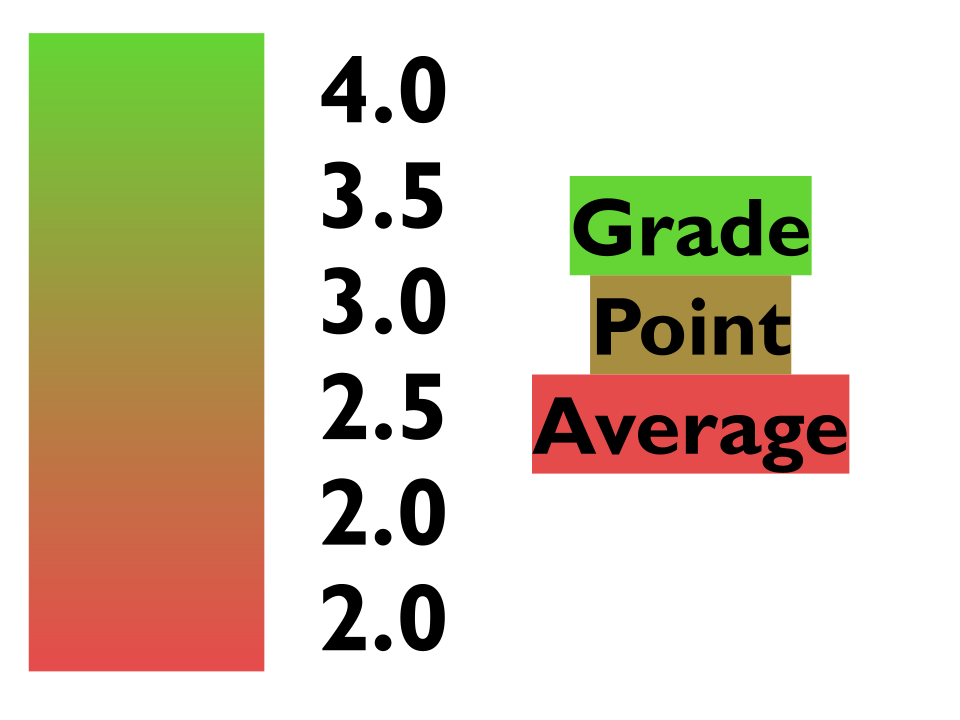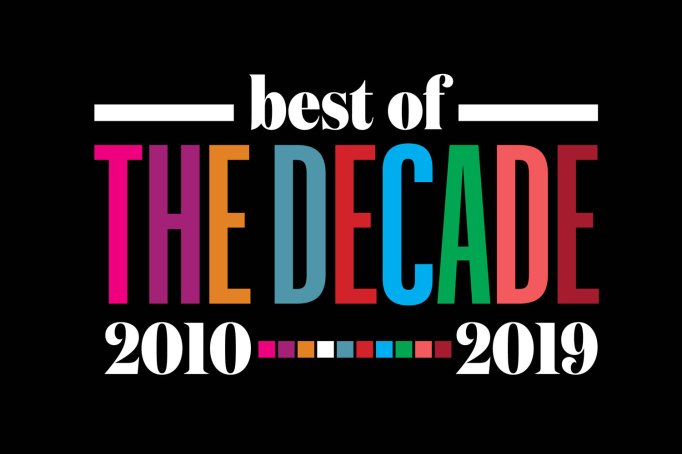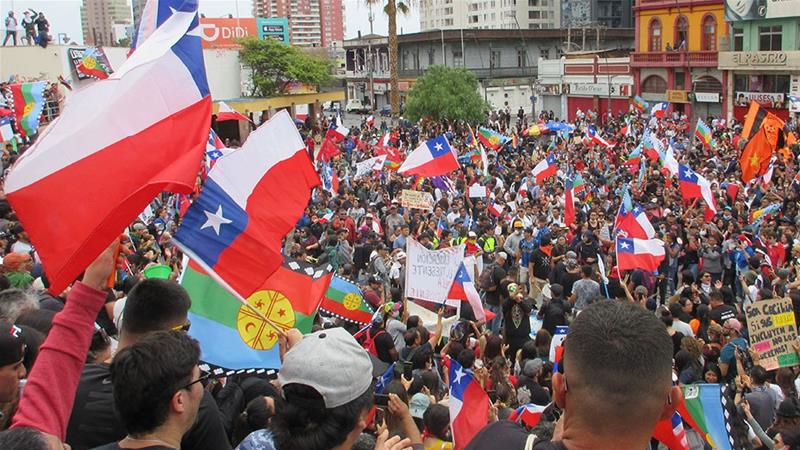Anastasiya Varenytsya Walls, rather tangible objects constructed for the purpose of dividing and protecting other tangible objects of subjective worth, are most commonly built using bricks: bricks can support structures that protect those under, bricks can erect borders that separate ideologies to prevent political strife, and bricks can be mighty durable and hard to destruct. Walls, solidly universal, are a favorite amongst metaphors – what more groundbreaking way to describe feelings of a metaphysical barrier hindering your progress, persistence, and perseverance by saying there is a wall between you and the whatever on the other side? The British rock group Pink Floyd released their double-album The Wall on November 30, 1979. A concept album, The Wall tells the story of rock star Pink’s undertaking of coping and understanding the death of his father, bombed to death in World War II, by isolating his innocent self from the world and developing into a drug-addicted, sex-frenzied, rock-n-roll persona. Listeners learn of his overbearing mother and his thought-controlling teachers, characters that civilizations have deemed critical in the upbringing of young generations, and how they (a matter of intention is unclear) assisted in the building of his internal wall that hindered his ability to cope with grief in a healthy way. Near the end of the first disc, Pink recognizes that the wall he built to protect whatever innocence was left inside of him is now too high, and he feels so disconnected from society that he believes he will rot alone, painfully: “no matter how he tried, he could not break free / and the worms ate into his brain” (14. Hey You). The second disc continues to develop his doomed fate, where Pink tries to navigate through society, simultaneously attempting to understand his dark, lonely mind. Comfortably Numb, the fourth piece, acts as a wakeup call for Pink and his listeners – the six-minute song eerily describes an almost fatal drug overdose where he realizes he has allowed himself to become tranquilized and controlled by his own imagination, implemented by the institutionalized figures around him; on the contrary, he realizes he now has the power to break the wall and reconnect with the universe. Enlightened and enraged, the rest of the disc explores Pink fighting his internalized voices and finding ways to break the wall that he was deceived would help him escape evil, when in actuality, fostered it. And as one would have it, the end of the album encourages listeners to break their own walls. Hearing the album is one thing, but watching the life and fall of Pink is another chilling experience. Unless one is a keen and hypersensitive listener, the album is ambiguous in terms of answering the most important question: why was there a need for a wall in the first place? The visual remake of The Wall, produced and directed by Roger Waters of Pink Floyd in 1982, supplies that the loosing of Pink’s father was a metonymy for something greater, something more radical, anarchic, and so powerful that it could, to this election year of 2016, still resonate with the world. So, why was there a wall in the first place? What possibly was so detrimental to the humanities of Pink that would even carve the possibility for him to want to hide from said detriment, abusing himself in the process? What could possibly be so organized, so systematic, so fundamentally rooted that was able to suck Pink, unnoticed, into a dark abyss – and what could possibly hold so much power over human beings that his downfall was not only overlooked by surrounding people, but nurtured and encouraged? Not one scene, or song, forgets the institutionalized world that Pink was raised in; but by being visually exposed to Pink’s realities explains traumas in a way that haunts the watchers. Waters perverted the post World War II setting for the album, purposefully. A vulnerable time for powerful nations, civilians began to recognize the evil that existed when men exploited power, seeding a domino effect of international countercultures waiting to explode; Pink Floyd themselves were living under international political phenomena of civilian versus command (think Cold War, Vietnam, tensions foreshadowing the fall of the Berlin Wall). The War, as any, naturally produced a fatherless and husbandless generation that mentally provoked children and mothers, respectively. Considering the historical realities, of course Pink Floyd designed their protagonist to lose his father at a young age to war, forcing Pink to develop an extremely intimate obligation to social ideologies like nationalism, patriotism, and civility. It was simply existing in society that destroyed Pink. As asserted before, Pink’s father was a metonymy for a greater construction; his mother and teachers were symbols as well, calling them “just another brick in the wall” (5. Another Brick in the Wall (Part II)). Pink recognized that the figures in his life that he was raised to believe always had him in their best interest were exploiting their authority and taking advantage over his feebleness by bashing his creativity, usurping his independence and confidence, and establishing a young boy bound to rebel and destroy himself in the process. They were part of a larger establishment bound for the purpose of carving dependent, generic, and submissive boys and girls that will go to a university to do well, fly colors of the nation patriotically, and propagate – all in a blind, organized, confined fashion like bricks building a wall. It is hard to imagine a world without these confinements, for they build what we call civilization, the rationale behind our egocentric homo sapiens (Latin: wise man) title. We, subjective, judge a human’s intelligence and worth by how civilized they appear to be, measured by how well they suppress their human nature to suffice the social contract (to put it lightly). Logically, different areas of the world viewed what success and civility looked like; and somewhere down the road, it was decided that if one culture’s ideas are different from another’s, it becomes a matter of whose is better and more worthy of progress. And here we have war – the mass-scaled product of a bogus concept that deludes humans to believe they are more different than alike from each other, let alone from other living beings, that results in death and ceaseless, mindless hatred. The Wall follows a young human who had come to this existential conclusion, suffered self-exile to the brink of suicide, and survived to sing the story of a displaced soul. I found it appropriate to tell my interpretation of The Wall once election season hit around for one reason: if we, as a species, are serious about living civilly in societies shaped by national identities, we must be serious about those who lead and represent our national identities. Together, we can decide what walls are built around us, persevering to one day have none at all. Collaboratively, we can decide if thought-control is the only approach to raising an enlightened species. Jointly, we can “walk up and down outside the wall… hand in hand” (26. Outside the Wall). ]]>
Categories:
Pink Floyd and Politics
November 2, 2016

1
0
More to Discover






















































rdasgupt • Nov 2, 2016 at 7:32 pm
love it!